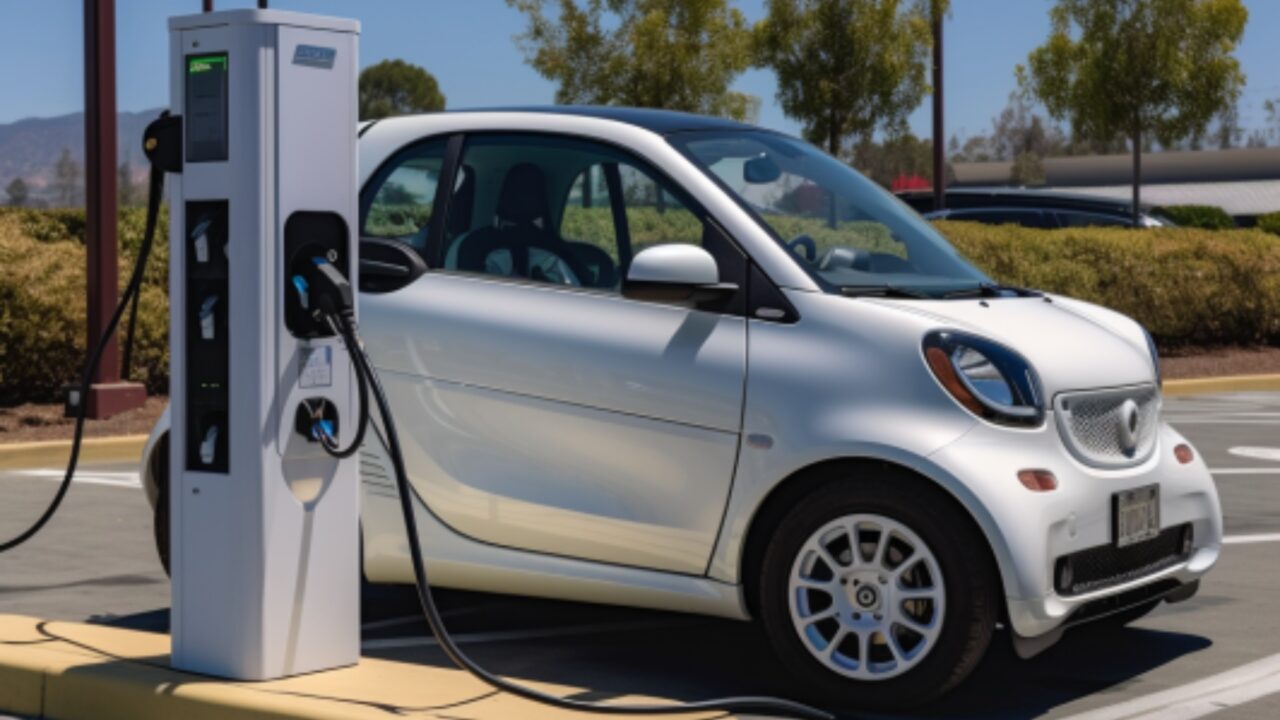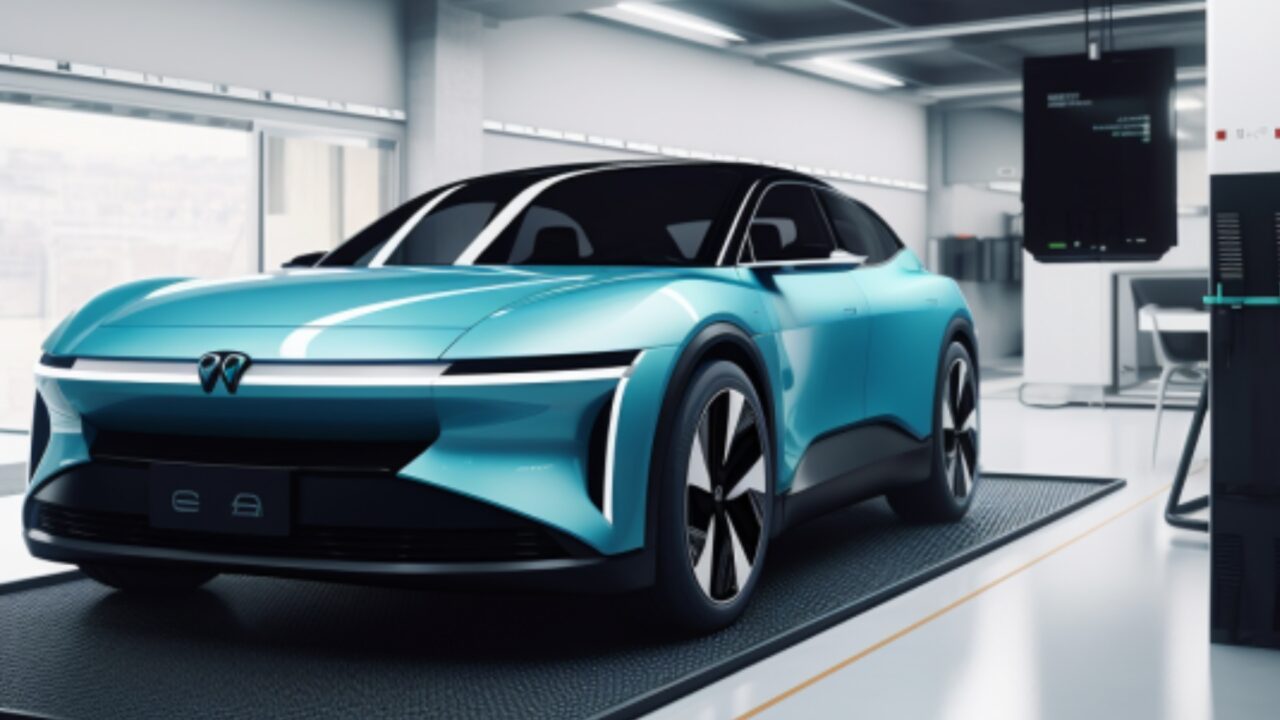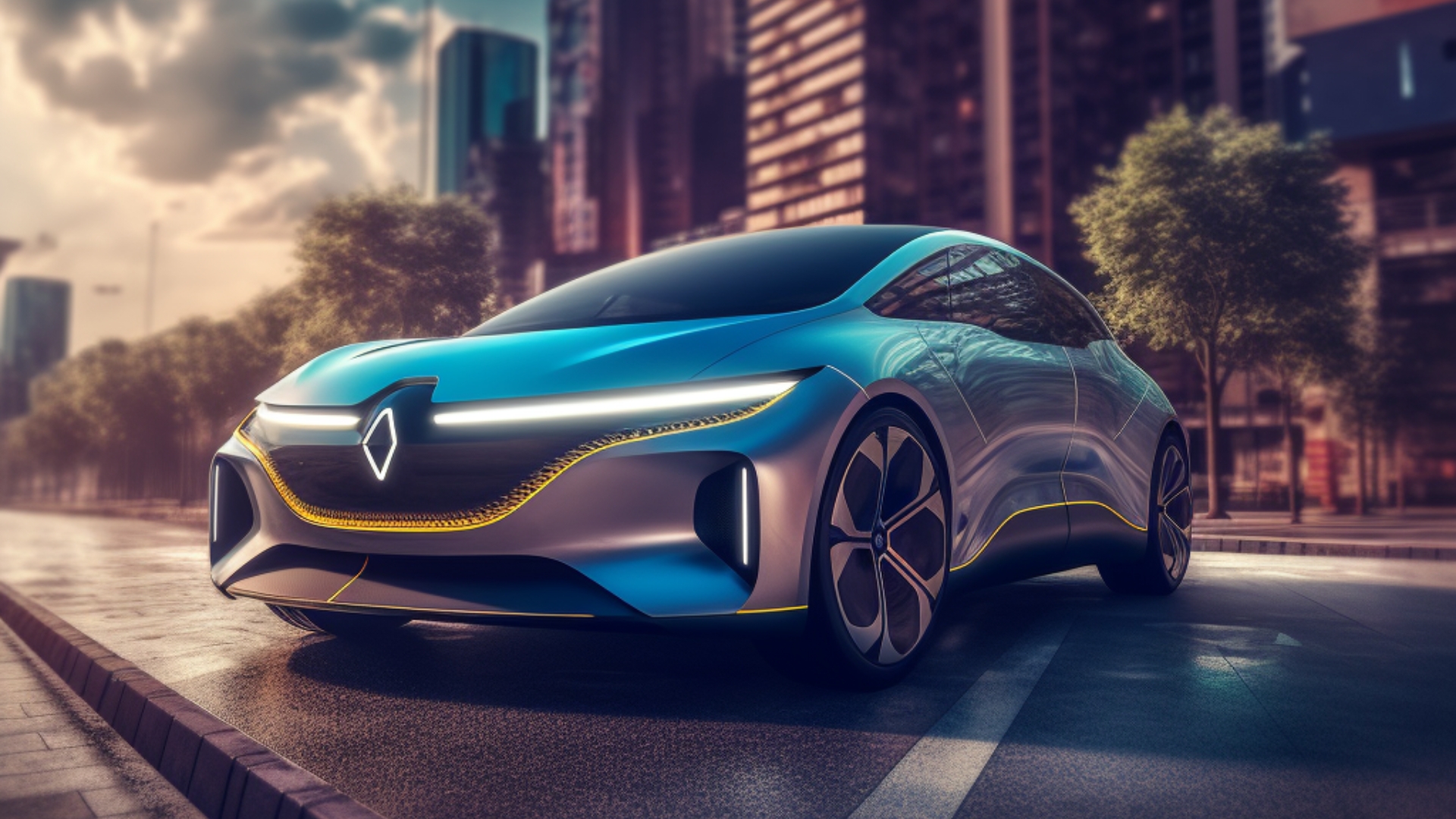The future of electric vehicles looks more promising than ever, with exciting advancements in battery management systems and transmission technology. Taking EV range and performance to new heights.
Electric vehicles (EVs) are becoming more attractive thanks to innovative battery management systems and advancements in EV transmission. If you are concerned about the performance and longevity of lithium-ion batteries, worry no more. Here are some exciting developments in the EV world.

Battery swapping
NIO, the Chinese EV manufacturer, has launched its first “Power Swap Station” in Denmark. Here you can replace a depleted battery with a fully charged one in just five minutes. The station slowly recharges these batteries to extend their lifespan so they degrade more slowly.
Over 1,100 Power Swap Stations are currently in operation worldwide, mainly in China. NIO Power plans to establish more than 100 stations in Europe this year. The quick turnover is sure to appeal to certain drivers who need to keep on the road without delays as this technology is faster than a rapid charger.
This has spurred a big uptake in Asia, particularly for electric scooters but it has been said that as most cars use different batteries, that limited interchangeability has made swapping problematic and costly to set up, particularly when it comes to creating the swapping stations.

Improving charging times
QuantumScape has developed batteries featuring two solid electrodes and a solid electrolyte, which translates to higher energy density, faster charging and improved safety. This means you can achieve an 80% charge in just 15 minutes, and even after 800 cycles, the battery retains 80% of its capacity.
StoreDot’s XFC technology is shaking up the battery industry by using new materials and organic compounds in its FlashBattery technology. This allows for rapid charging without compromising the battery’s life or performance. By 2024, they predict that their batteries will be able to charge up to 100 miles in just five minutes! This means that you won’t even have time to grab a quick coffee before your EV is ready to go.
Other companies are also in the race to improve charging times. Israeli startup NNGroup has developed a technology that can charge an EV’s battery in just six minutes, while Nissan has a battery system that takes only ten minutes to charge.
Better battery management
Battery management systems are the brain of the lithium-ion battery. They control the charging and discharging process, ensuring that the battery is operating at optimal levels while protecting it from overheating or overcharging. Additionally, dedicated hardware like cooling and heating systems have made significant improvements in the efficiency and safety of these batteries.
Lithium-ion batteries have become cheaper to produce and the cost of Li-ion batteries has significantly decreased so much that the price of one kilowatt-hour of battery capacity is now over 95% cheaper than it was thirty years ago.

Plus, software that manages the battery’s health and temperature including dedicated hardware such as cooling/heating systems improve efficiency and safety. The lifespan of a battery pack can be judged by the manufacturer’s warranty, with most battery warranties having at least eight years and 100,000 miles that also guarantee against serious degradation of over 70%.
Tesla’s warranty, for example, says that a Model 3 should maintain at least 70 per cent of its charge capacity in the warranty period. So electric vehicle battery packs with the lithium-ion type used in most modern EVs are both durable and long-lasting.
Higher top speeds
Further developments and growth have occurred in the EV transmission market. Most EVs operate on a single gear, which allows them to achieve significantly faster acceleration and they can make revolutions up to 20,000 rpm, which is much higher than the normal 6,000 rpm found in most conventional cars.
Engineering firm GKN Driveline has developed a new two-geared electric motor, with the second gear allowing for faster acceleration and higher top speed than single-speed electric drive units. The motor will operate in the first gear for low-speed acceleration, then shifts to the second gear for higher top speeds such as when on the motorway.
This is a development from Formula E, electric single-seater racers, where teams have incorporated multi-speed gearboxes in their vehicles. This has led to the introduction of electric two-speed motors for passenger cars hitting the market.
Vehicles with two-speed gear drives consume less energy, which extends their range by 5% compared to single-speed drives. These gearboxes allow for more efficient power delivery, meaning that electric cars can travel further and faster.
With these developments, electric vehicles have become a more consumer-friendly option for drivers around the world. Not only are they more reliable, but they’re also more affordable. We can expect to see even more innovations in EV technology in the near future.

1 thought on “Advancements in Battery Technology for EV Owners”
Comments are closed.